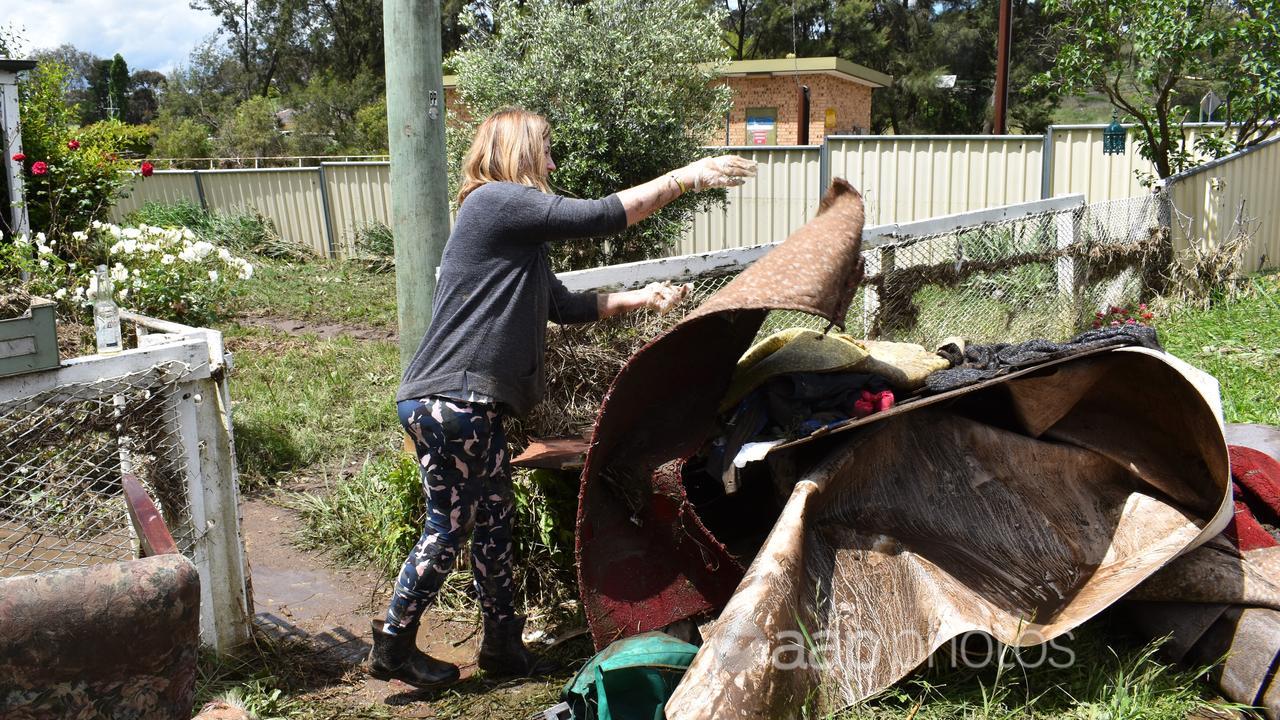Housing developments in flood-prone areas should be banned and properties in very high-risk areas must be eligible for buyback schemes.
That’s according to a federal parliamentary inquiry into the responses from insurers to major flood claims, which also called for changes to processing procedures including cash settlements.
Flood emergencies in NSW, Victoria, Queensland and Tasmania over a period of 10 months in 2022 led to a record 300,000 insurance claims.
More than two years later, many people were still waiting to move back into their homes.
“Long delays due to poor communication and disputes over causation resulted in emotional, mental health and financial strains for many families,” Labor MP and committee chair Daniel Mulino said.

The report pushed for an end to further development and housing approvals in high flood-risk areas, in addition to finding a way to discourage banks from financing builds.
“We need to stop the building of more homes and businesses in high-risk areas,” Mr Mulino said.
“This has been difficult due to the decentralised nature of decision-making.”
The committee urged state and territory governments to create buyback schemes for households with very high flood risk if mitigation efforts were unlikely to work.
It noted a large number of properties would not be insurable if they were deemed to have that level of risk.
“This number will grow with climate change and continued development,” Mr Mulino said.
“It is for this reason that the committee believes that some form of government intervention will be required.”
However, the report did not pinpoint exactly what that should be and instead said it should abide by principles including affordable cover and community mitigation efforts.
It called for policy owners to be given more details on cash settlements and a 30-day cooling off period after accepting offers.

People living in flood-affected communities, insurance executives, regulators and consumer advocates were among those who contributed to the report released on Friday.
Mr Mulino said the 86 recommendations would lead to better claims management and long-term approaches to reducing the nation’s underlying risk of flood.
“Only if we move forward on both fronts can we truly make progress for Australians at risk of future flood events,” he said.
A dissenting report from coalition MPs backed many recommendations including planning building reviews but claimed the overall report offered limited solutions to make insurance more affordable.
Opposition MPs recommended addressing an imbalance in funding skewed in favour of response and recovery instead of mitigation, and for policy holders in high-risk areas to be able to decline flood coverage.
“The coalition urges the government to avoid interventionist tendencies which have been shown to make insurance unsustainable, expensive and transferring risk to the Australian taxpayer,” they said.




















